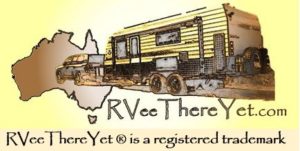Improving Fuel Economy when Towing
It’s often said that if you are concerned about fuel economy then caravanning is the last pastime you’d want to get into. While I agree with that to a certain extent, I think any caravanner would admit to wanting to squeeze every last meter out of every litre of fuel they use. Let’s face it, the price of fuel is not going down any time soon.
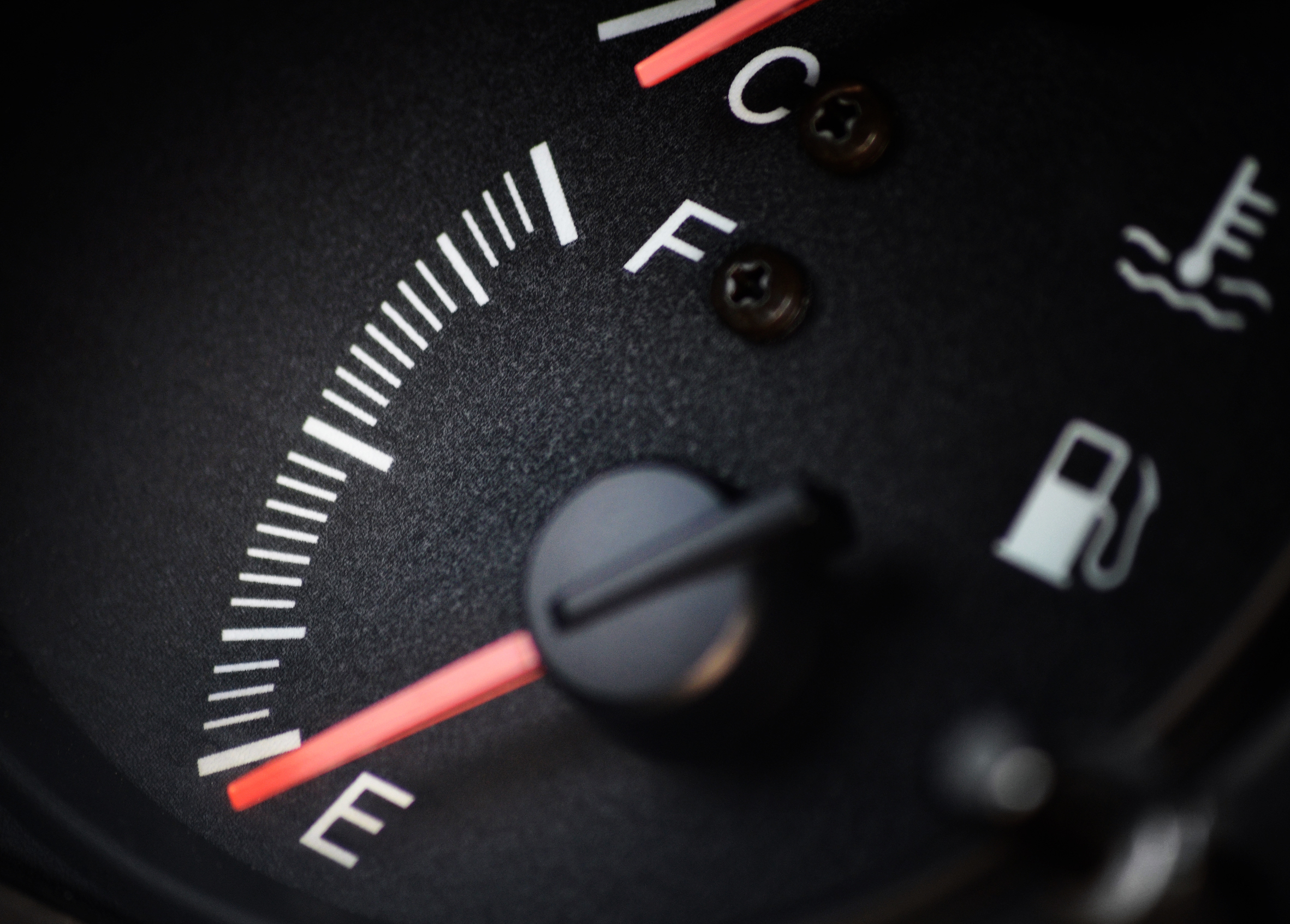
Good fuel economy is about more than just saving money. It can mean that your distance between fuel stops is increased, so you can avoid having to fill up at that dodgy fuel station in the middle of nowhere and make it to the bigger stations in the next major town. You can also start to do some of the more challenging tracks, such as the Tanami Road, where the distance between fuel stops can be 500km or more.
Achieving better fuel economy from your rig is actually not all that difficult. There are some changes you can make today that will give you surprisingly good results. At the same time, there are a lot of silly ideas and bogus products out there that make extraordinary claims that, in the end, are just unrealised.
Here we try to identify the 10 best ways to achieve better fuel economy from your rig. Some of these are quite simple and, perhaps, obvious. Some are not so well known. What is true is that if you implement all these ideas together, it’s possible to make some real savings at the fuel pump. Even a small reduction of 3l/100ks is worth pursuing.
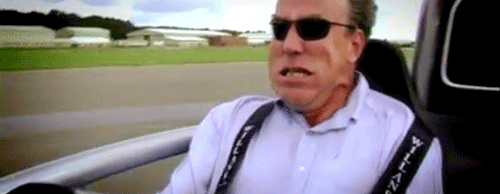 Adjust your driving style. This is an obvious method for reducing fuel use but it’s probably the most ignored as well. Gentle acceleration and early breaking all contribute to better fuel economy. Reducing touring speeds by 5 to 10 KPH can also result in a dramatic improvement. I know for our Landcruiser, its fuel economy when towing is greatly reduced when we travel at around 80 – 90KPH. Maintaining higher speeds increases fuel use quite dramatically. Keeping an eye further out in front of the road allows you to react earlier to changes in conditions such as increased traffic or a red light thus allow you to slow down earlier saving fuel.
Adjust your driving style. This is an obvious method for reducing fuel use but it’s probably the most ignored as well. Gentle acceleration and early breaking all contribute to better fuel economy. Reducing touring speeds by 5 to 10 KPH can also result in a dramatic improvement. I know for our Landcruiser, its fuel economy when towing is greatly reduced when we travel at around 80 – 90KPH. Maintaining higher speeds increases fuel use quite dramatically. Keeping an eye further out in front of the road allows you to react earlier to changes in conditions such as increased traffic or a red light thus allow you to slow down earlier saving fuel.
Reduce your load. Again, this is another obvious change you can make to reduce fuel consumption. I read a report in a caravanning magazine recently that showed that an increase of 200kgs can have a corresponding increase in fuel consumption of about 2 – 5l per 100ks. Put that into perspective that’s could be 17l/100ks as opposed to 22l/100ks. I know what I would be happier with. We have an article on how to reduce up to 150kgs from your load by making some simple changes to the gear you carry. Emptying a single water tank will generally reduce your load by around 90kgs. Whatever you do, just remember to take into account the distribution of the remaining load to ensure you maintain vehicle dynamics.
 Avoid driving on windy days. On a recent trip to Port Fairy on Victoria’s coast, we encountered some pretty strong head winds. Not only did the Cruiser have to work much harder to achieve reasonable speeds in these conditions, it used a lot more fuel. Now it’s true we won’t always have the luxury of time to be able to sit out these conditions, but if the opportunity presents itself, try to wait out the windy conditions.
Avoid driving on windy days. On a recent trip to Port Fairy on Victoria’s coast, we encountered some pretty strong head winds. Not only did the Cruiser have to work much harder to achieve reasonable speeds in these conditions, it used a lot more fuel. Now it’s true we won’t always have the luxury of time to be able to sit out these conditions, but if the opportunity presents itself, try to wait out the windy conditions.
Increase your tyre pressures. Your vehicle and trailer will have recommended tyre pressures for various loadings. These recommended pressures should always be observed and just by maintaining these recommended pressures will yield good results. In many cases pumping between 5 and 10 additional PSI into your tyres will not have a significant effect on vehicle’s drivability but can have a dramatic effect on fuel consumption. The additional pressure reduces the rolling resistance of the tyres making the whole rig easier to get moving and maintain speed, thus reducing fuel use. Be careful though. You don’t want to go overboard with this as it can reduce the contact patch of the tyres with the road, decreasing grip and handling. In wet or gravel conditions, this can be very dangerous. Consult your vehicle or tyre manufacturer to get advice on what can be safely achieved.
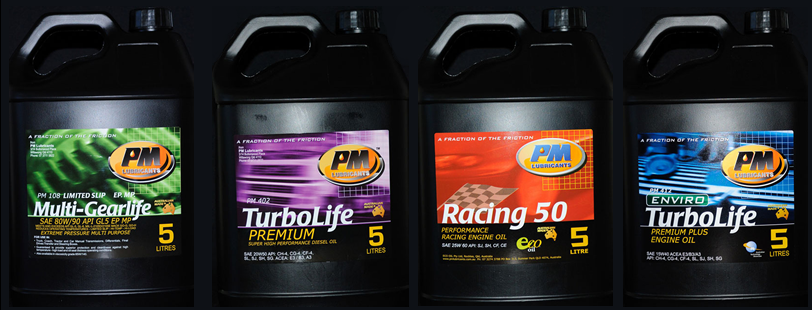 Use premium engine and drivetrain lubricants. You remember the old saying ‘oils aint oils’? Well as it turns out there is a lot of validity to this. Oils differ by their viscosity and the lower the viscosity, the less resistance they place on the mechanical components they are protecting. If you look at your car’s maintenance manual, you’ll notice it recommends a variety of oil types for various conditions. The truth is that you can use higher viscosity oils and lubricants and still give you motor and gearbox adequate protection. Companies like PM Lubricants can offer you a complete lubricant package for your vehicle that is designed for Australian conditions. It’s worth investigating the alternatives in lubricants that exist on the market for your particular vehicle.
Use premium engine and drivetrain lubricants. You remember the old saying ‘oils aint oils’? Well as it turns out there is a lot of validity to this. Oils differ by their viscosity and the lower the viscosity, the less resistance they place on the mechanical components they are protecting. If you look at your car’s maintenance manual, you’ll notice it recommends a variety of oil types for various conditions. The truth is that you can use higher viscosity oils and lubricants and still give you motor and gearbox adequate protection. Companies like PM Lubricants can offer you a complete lubricant package for your vehicle that is designed for Australian conditions. It’s worth investigating the alternatives in lubricants that exist on the market for your particular vehicle.
 Change your air filter. Again this may seem like an obvious thing to do but it’s amazing how quickly an air filter can get clogged up and restrict air flow to your engine. Don’t always assume your service has included a change of the air cleaner either. I once noticed that after what I thought was a major service, the dealer didn’t replace the air cleaner. When I looked at it is was black as the ace of spades. Always carry a spare. Synthetic or high performance air cleaners can also improve air flow to the engine and reduce fuel use. Just be careful with these as improper use can allow fine dust particles to get into the engine causing additional wear on the engine’s internal components.
Change your air filter. Again this may seem like an obvious thing to do but it’s amazing how quickly an air filter can get clogged up and restrict air flow to your engine. Don’t always assume your service has included a change of the air cleaner either. I once noticed that after what I thought was a major service, the dealer didn’t replace the air cleaner. When I looked at it is was black as the ace of spades. Always carry a spare. Synthetic or high performance air cleaners can also improve air flow to the engine and reduce fuel use. Just be careful with these as improper use can allow fine dust particles to get into the engine causing additional wear on the engine’s internal components.
Use a fuel additive. While it is absolutely true that modern fuels contain certain detergents and cleaning agents that are supposed to clean the fuel system as you drive but there are some additives out there that can give a modest improvement to fuel consumption. Some are nothing more than snake oil so be careful what you use. Always buy from reputable brands and check with your vehicle manufacturer to ensure your engine warranty is not compromised by using fuel additives.
Install a wind deflector. This is something I have considered for some time after reading various reports about the advantages of these wind deflectors. Essentially they are installed towards the rear of the tow vehicle on the roof and they deflect the air flow over the top of the caravan behind, much the same as similar device installed onto long haul trucks and semi-trailers. The theory is quite sound and from all accounts they really are capable of reducing fuel consumption by 2 or 3l/100ks.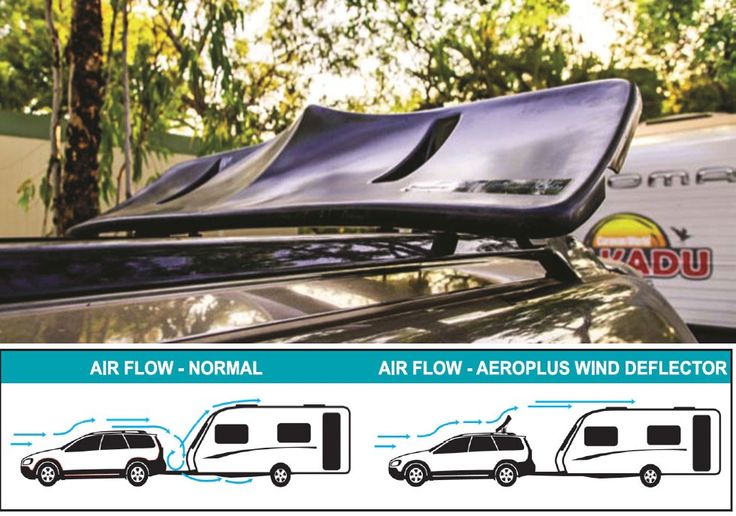
Fit a snorkel. It has always amazed me how modern vehicle manufactures place the engine air intake up under the front wheel guard. To me this is the worst place for it. It’s closer to the hot road, its where all the road dust gets stirred up and there no direct path for the rush of air to take into the air inlet. A snorkel changes all that. The air is sourced from higher up where the temperatures are much lower, the air is cleaner up at that height off the ground and, most importantly, the ram effect from the head of the snorkel ensures positive air pressure is supplied to the intake. The air is cooler and more dense which produces better combustions and a marginal improvement in fuel economy.
Avoid driving in the middle of the day. Many of you will have noticed how your engine tends to be less responsive in really hot and dry weather. Hot air is thinner air and this is not good for engine efficiency. Further, the heat build-up under the bonnet of your car has less ability to dissipate in really hot weather. By driving in the early morning, you take advantage of much cooler conditions. Often, morning air is more humid and denser that mid-day air. This builds compression and aids in engine efficiency. Wind conditions are usually calmer in the early mornings so you can avoid strong headwinds at the same time. If you’re free-camping, you will probably need to pull in early to ensure you get a good camping spot. As always, be careful driving at these hours as animals are also more active during the cooler hours.
There’s probably a lot more you can do to improve fuel economy. Some cost a lot of money such as engine modifications, performance chips and high performance exhausts, but these options may be beyond the reach of many caravanners. There are also a lot of myths and bogus devices out there that make outlandish claims about their effectiveness but, in reality, offer little to no improvement at all.
The changes we have suggested here are relatively low costs or cost nothing at all so anyone can achieve good results with using these tips.
Good luck and safe travels.

